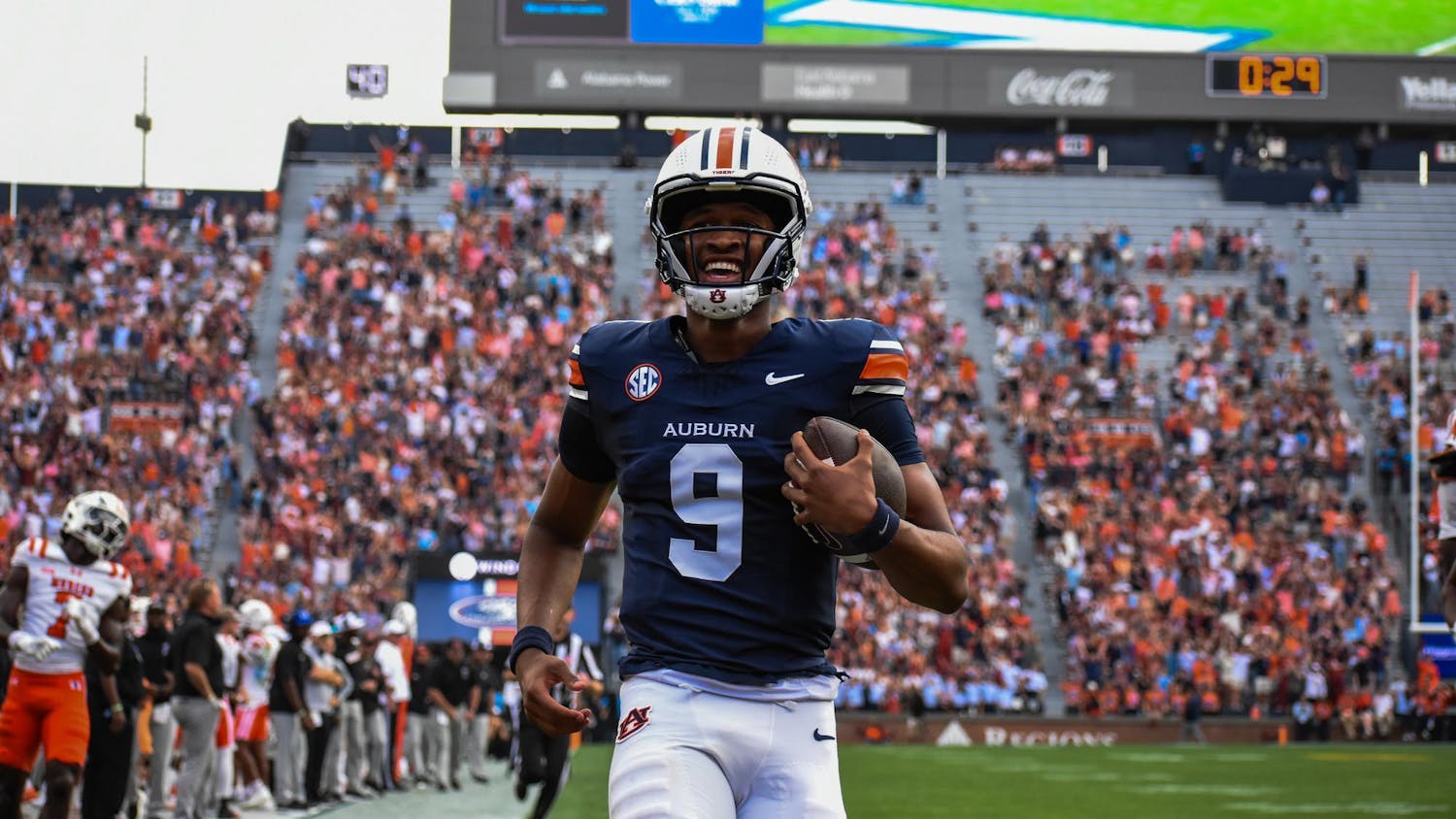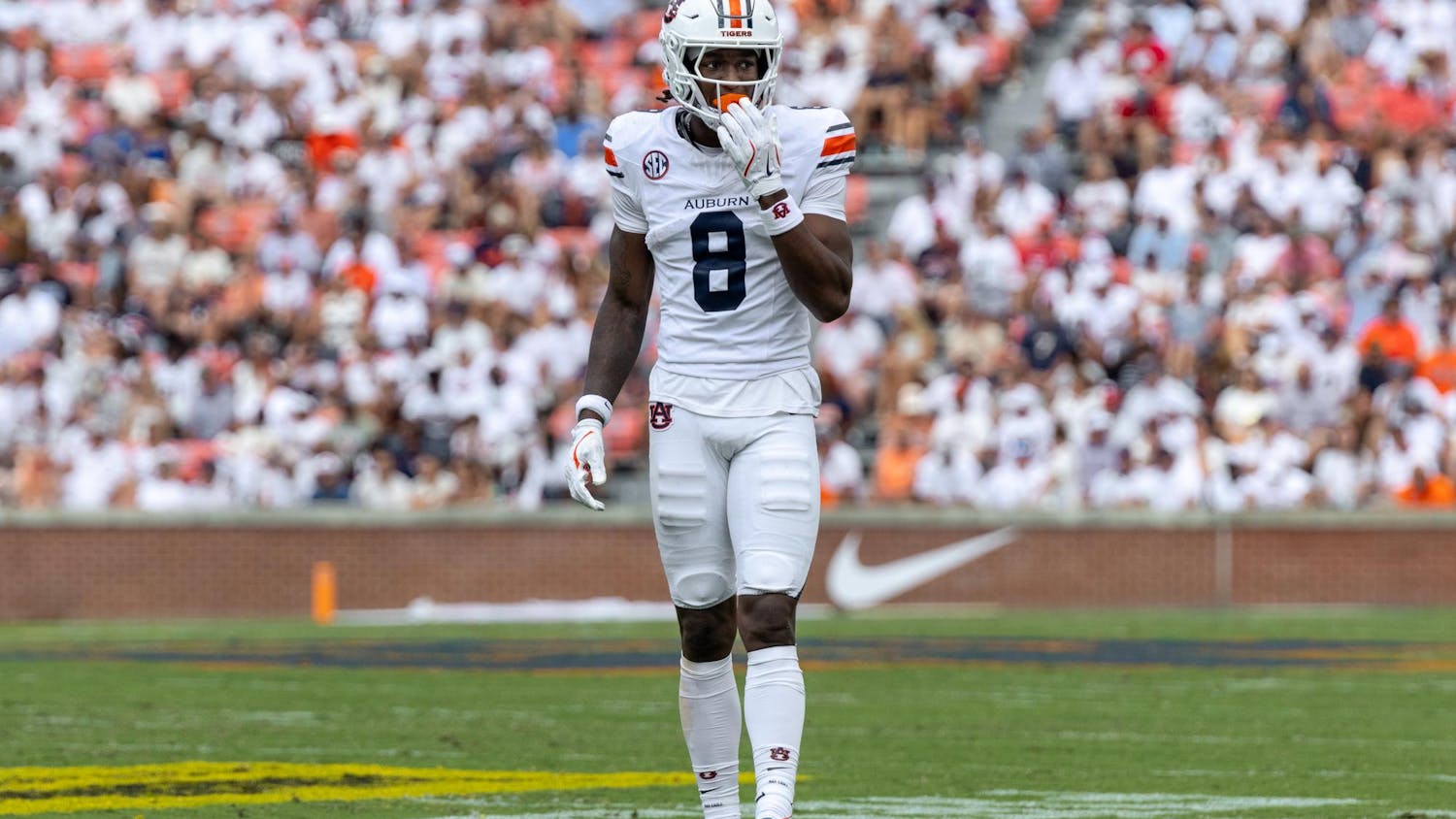The end of the 2016 regular season was not a pretty one for Gus Malzahn's Auburn Tigers.
After starting 7-2, earning a spot in the College Football Playoff selection committee's Top 10 and entering the national championship picture, the Tigers were decimated by injuries and limped through losses to Georgia and Alabama. Auburn combined for 19 points and 346 yards of offense in the losses.
After squashing any hot seat talks with a six-game win streak after an offensively inept 1-2 start to the season, some are calling Malzahn's capabilities into question again.
To fully pin the poor finish on Malzahn, however, is unfair.
No, the hurry-up-no-huddle enthusiast isn't blameless here. Outside of an injury-prone Sean White, none of the quarterbacks Malzahn has brought to the program out of high school have been developed properly. Jeremy Johnson's struggles on the field have been well-documented. Junior college transfer John Franklin III didn't pan out to be the Nick Marshall-type of star Malzahn was hoping for.
The play-calling early in the season also put the team in a hole that it might not have deserved, though that was more of a product of Malzahn trying to do too much instead of just being the head coach. That's backed up by the results the offense produced once Rhett Lashlee got the keys.
However, despite a missed opportunity at competing for the SEC title, it would be foolish to label 2016 as anything other than a success.
The Tigers went from 6-6 to 8-4. Two of Auburn's losses came to Alabama and Clemson, the top two teams in the College Football Playoff.
Auburn improved its SEC record from 2-6, good for last in the SEC West, to 5-3, good for second. The argument could definitely be made that the SEC is having a down season outside of Alabama, but finishing second in the nation's hardest division is impressive, especially considering preseason expectations, as well as expectations after a 1-2 start.
Offensively, Auburn finished with 32.3 points and 449 yards per game, an improvement of 4.8 points and 79 yards from last year.
Defensively, Auburn allowed 15.6 points and 348 yards allowed per game, an improvement of 11.7 points and 74 yards per game from last year.
Not only was Auburn improved in 2016, but once its offense really got clicking, it was vastly superior to last season's team. That's not a high bar to clear, but Malzahn and his staff cleared it with ease, and now the Tigers will rebound from a Birmingham Bowl appearance with a Sugar Bowl berth.
Of course, the elephant in the room must be addressed. Auburn's offense was simply atrocious in its rivalry losses, games in which Lashlee was the play caller. But White was too injured to make the offense work in Athens, a fact that he hid from his coaches until it was too late. The play calling didn't help that day, but after the Tigers' Iron Bowl loss, it's easy to see why the coaches wanted to stick with him rather than their other options.
In the Iron Bowl, many have claimed that Malzahn used the same kind of game plan that he used in the 19-13 loss to Clemson in the season opener, and while the style of play was similar, the context and reasoning was completely different in Tuscaloosa.
Against Clemson, Malzahn had too much on his plate and tried to do too much. Against Alabama, he was without White, the unquestioned leader of his offense that led the SEC in passing efficiency when healthy. He likely believed that the only was his offense could move on Alabama's defense was with trickery, which he wouldn't be wrong to think.
LSU ran a more conventional offense against the Crimson Tide. The result? No points, 125 yards of offense and 6 first downs. Alabama hasn't allowed a touchdown since the third quarter of the Texas A&M game, which was played on Oct. 22.
Simply put, Alabama has the best defense college football has seen in a long time, and without White, Auburn's offense was virtually doomed from the start, especially on the road. The 12 points Auburn scored were the fourth-most allowed by Alabama all season. Sometimes, a bad matchup is just a bad matchup.
One can't just point to the losses to Georgia and Alabama as proof that Malzahn's program isn't going in the right direction while ignoring the context of injuries, depth, location of the games and the quality of the opposing defenses.
Malzahn has confirmed that White will return fully healthy for the Sugar Bowl, and if the Tigers pull off a win against the Big 12 champion Oklahoma Sooners, they'll enter 2017 with momentum and high expectations despite some departures from the defensive line and the secondary.
What Malzahn does at the quarterback position will be interesting. White has proven that the offense can work wonderfully with him under center, but with his injury history, freshman Woody Barrett could contend for the job, while former Baylor quarterback Jarrett Stidham, the most sought-after transfer in the game right now, visited the Plains last week.
But recent history has shown that Malzahn's offense can be one of the best in the entire country if it has the right quarterback. If he finds a reliable starter and improves the depth of the position, history will repeat itself.
Do you like this story? The Plainsman doesn't accept money from tuition or student fees, and we don't charge a subscription fee. But you can donate to support The Plainsman.




